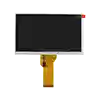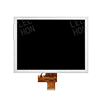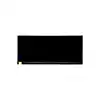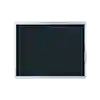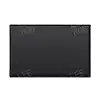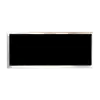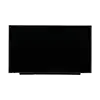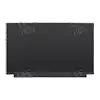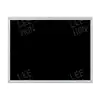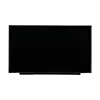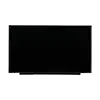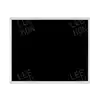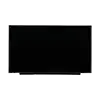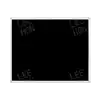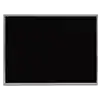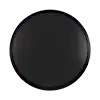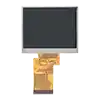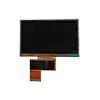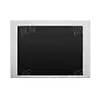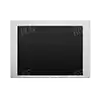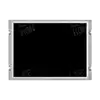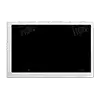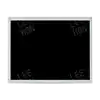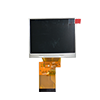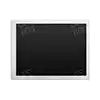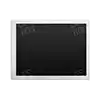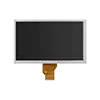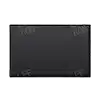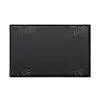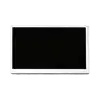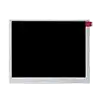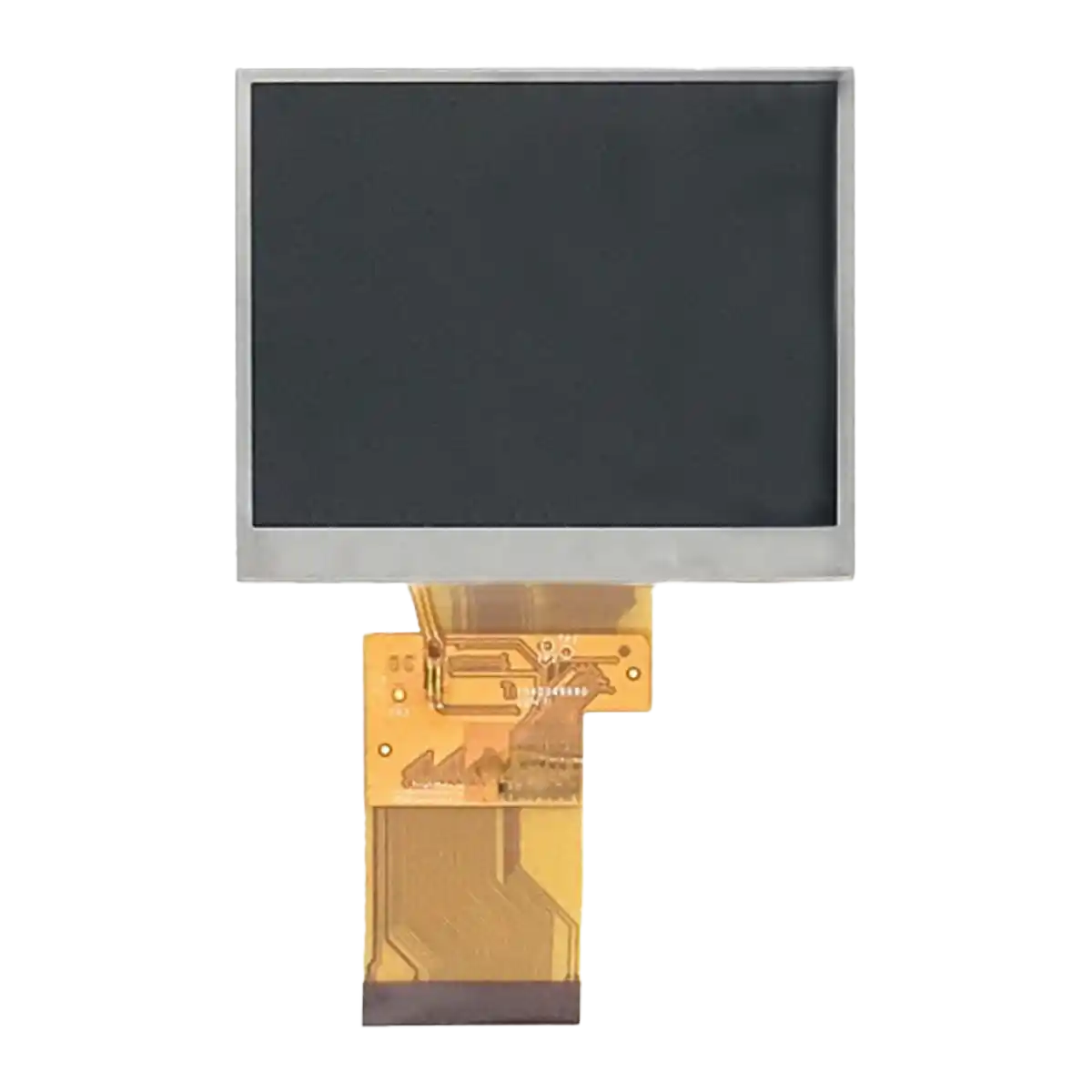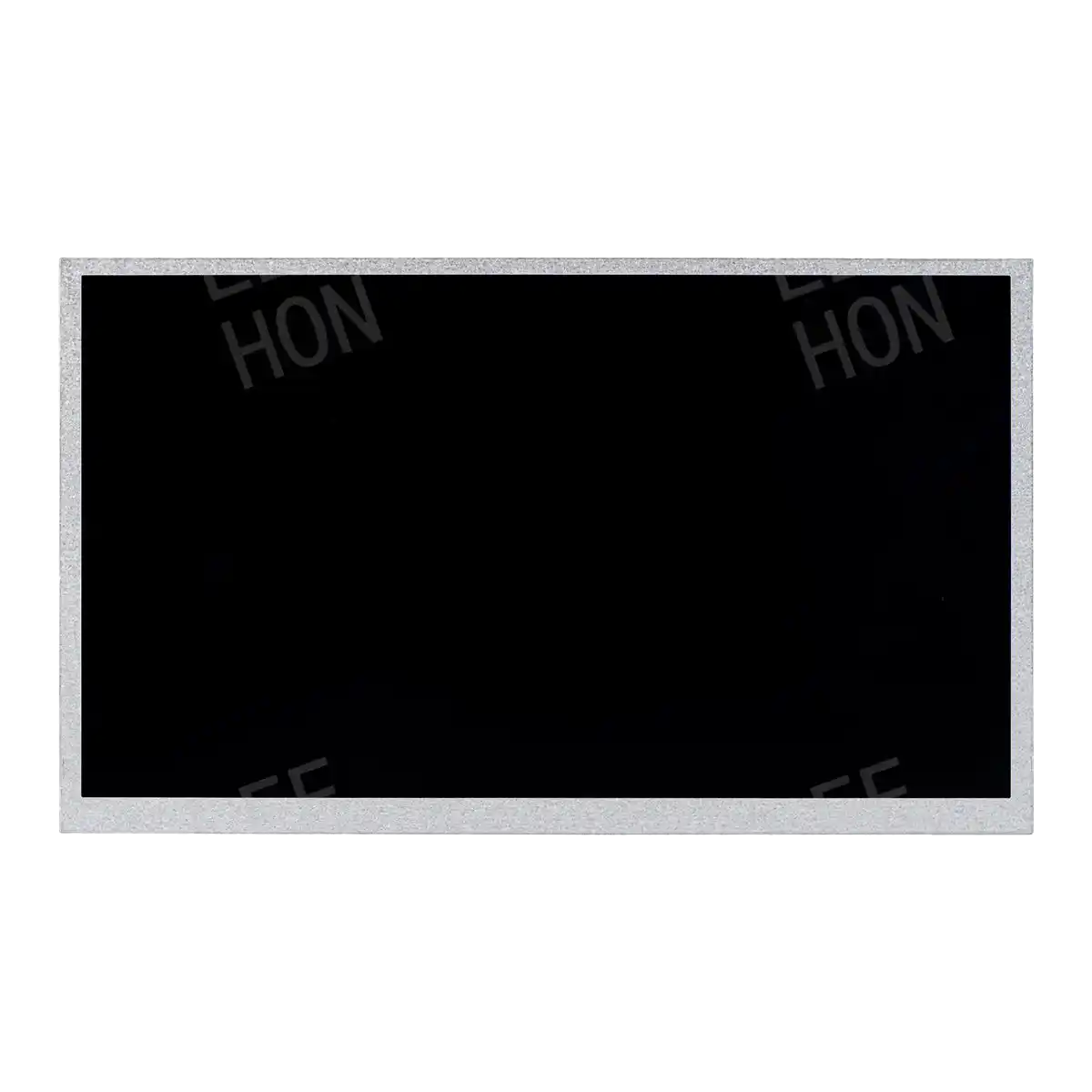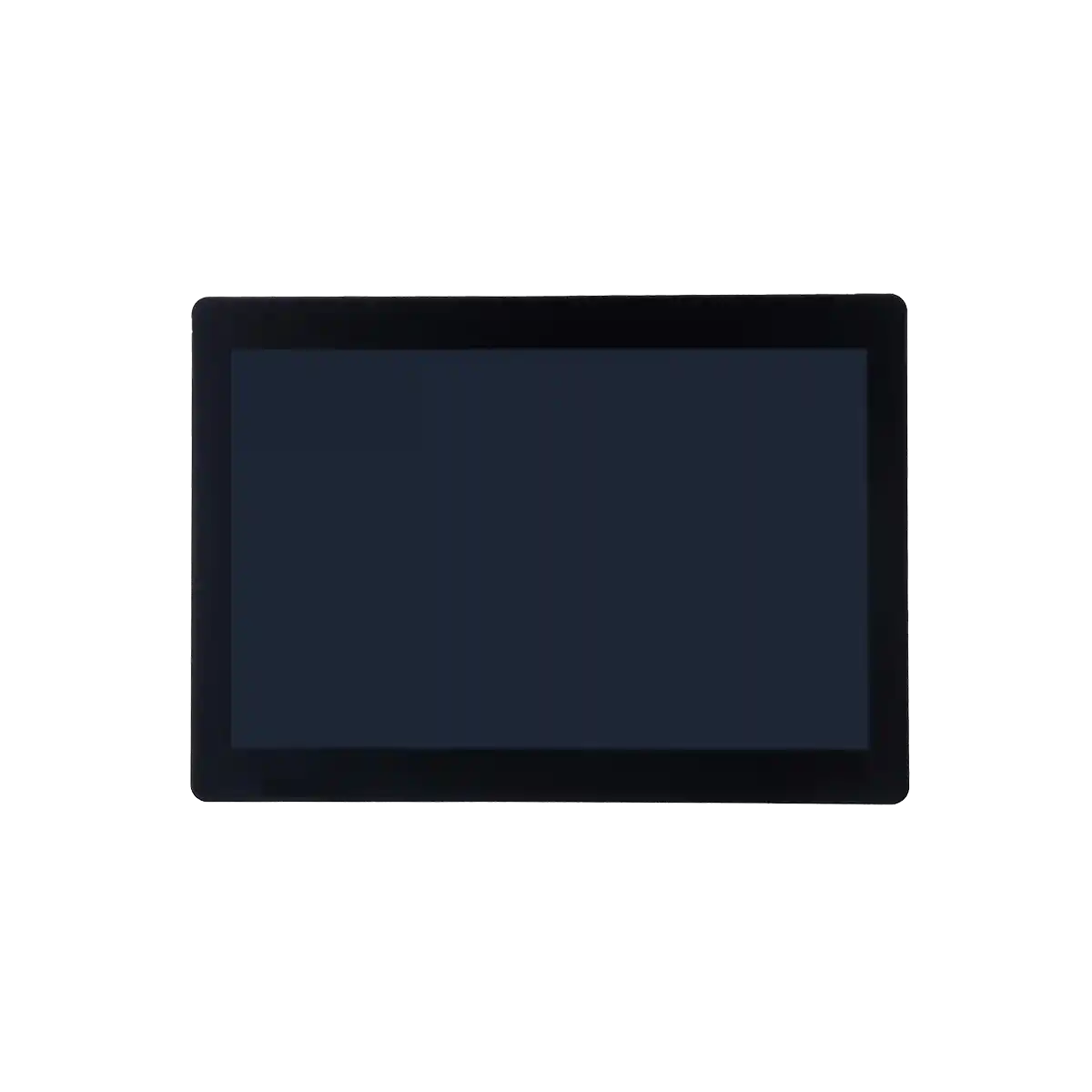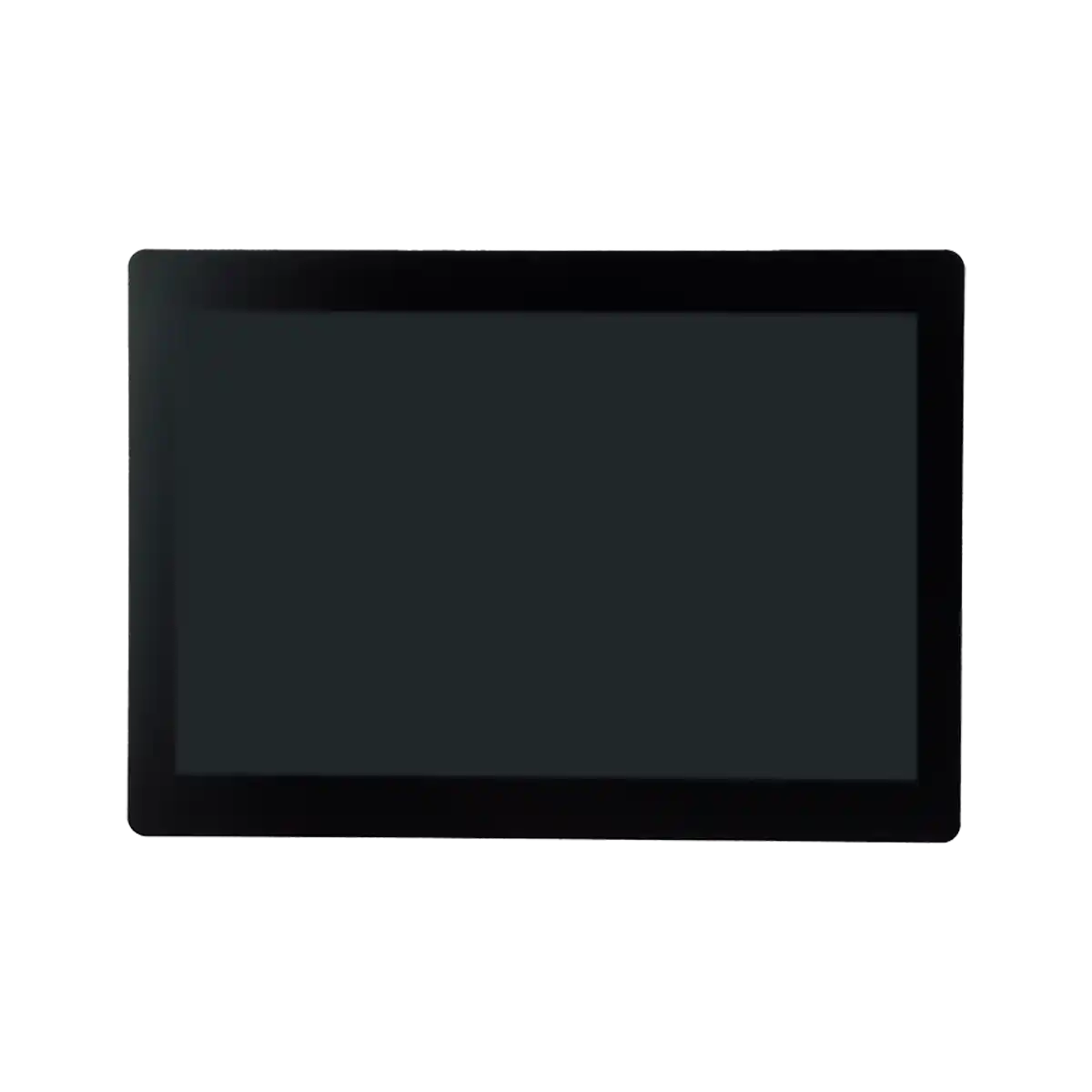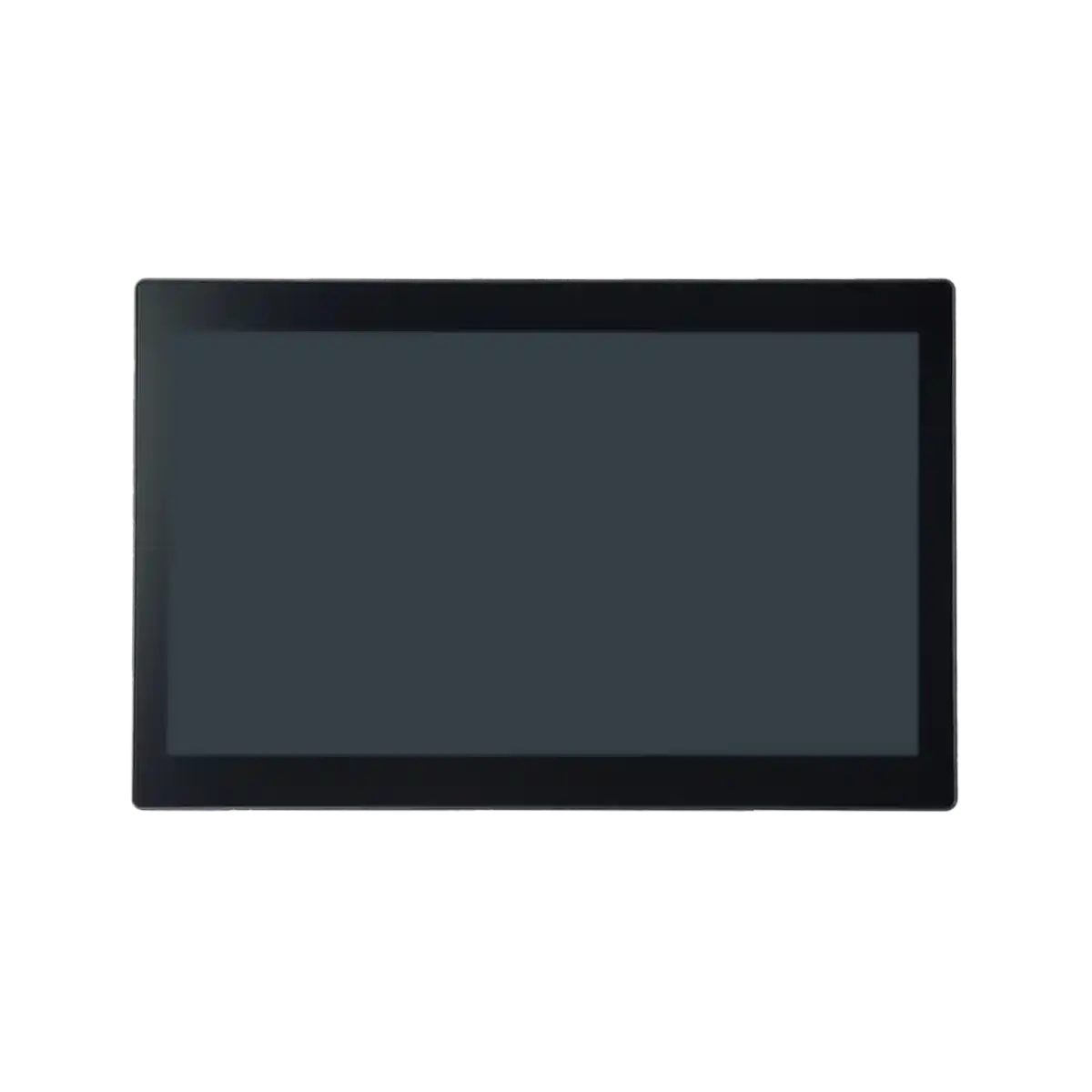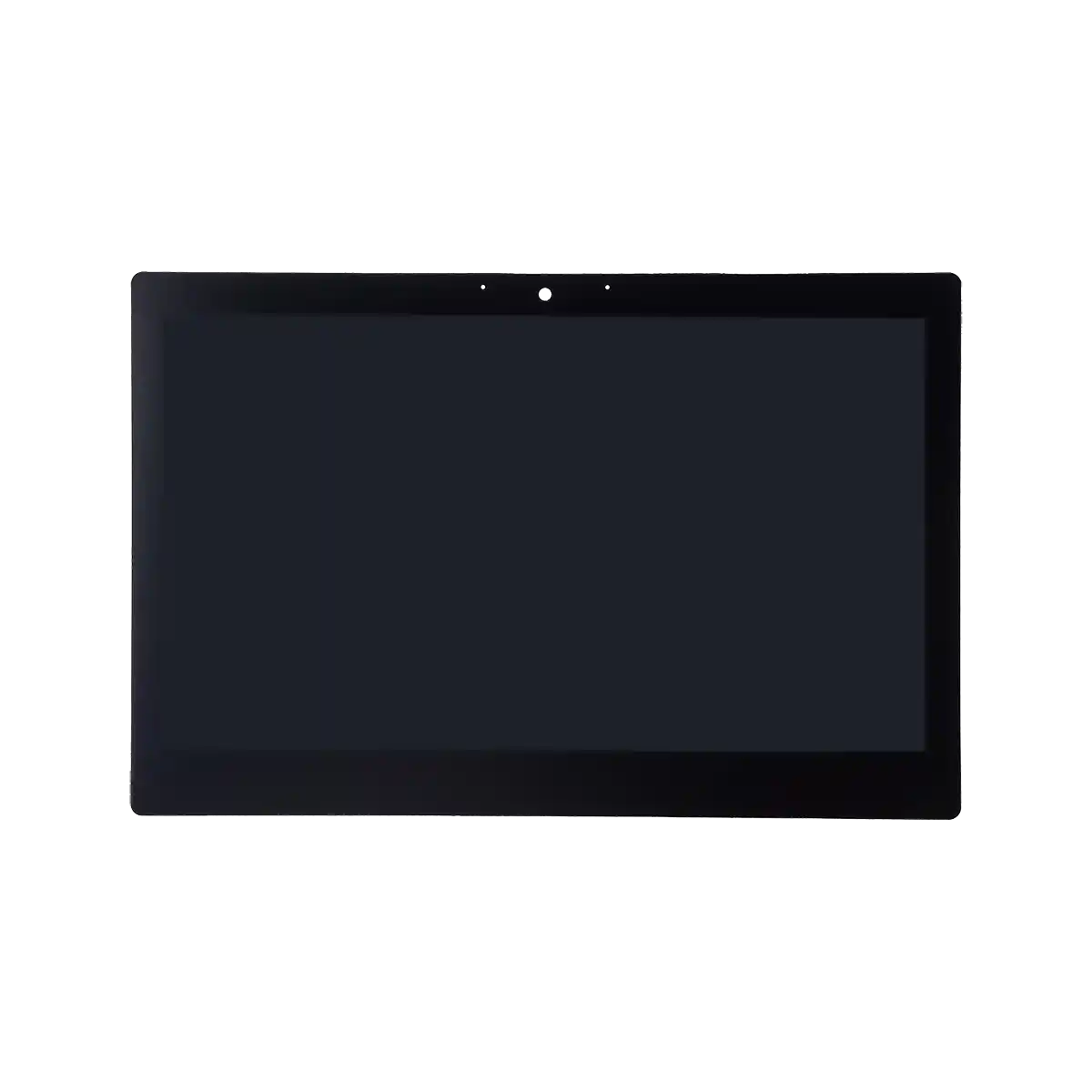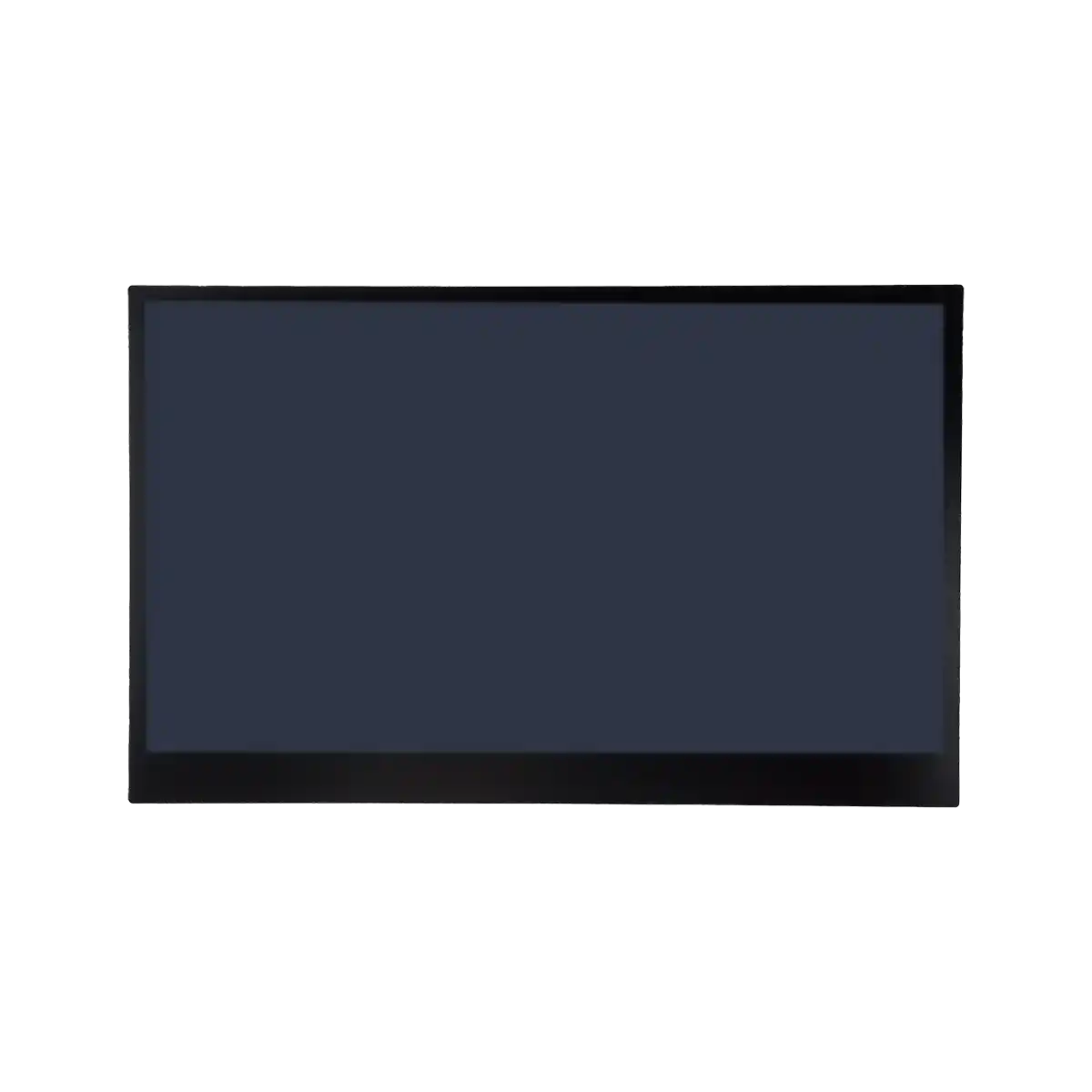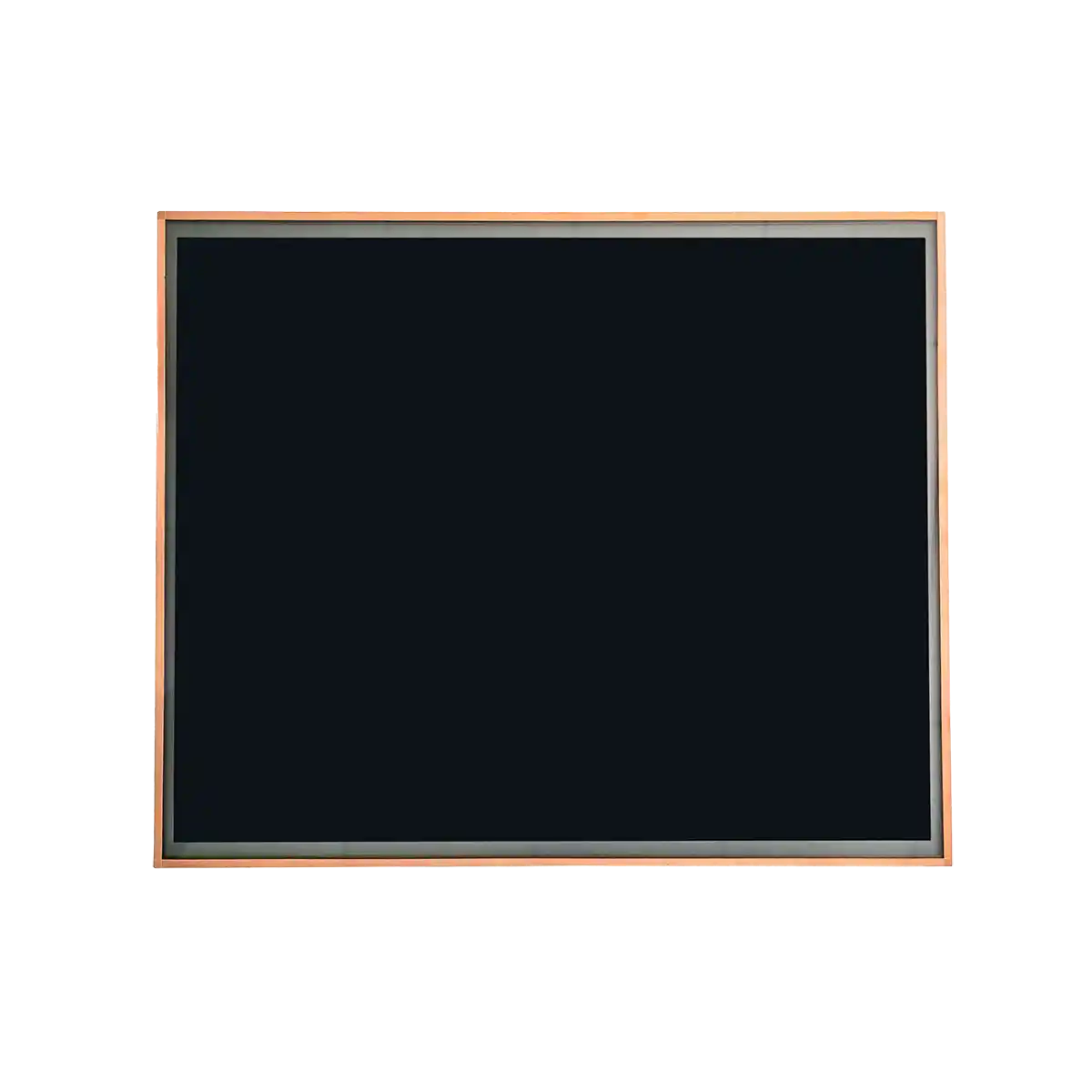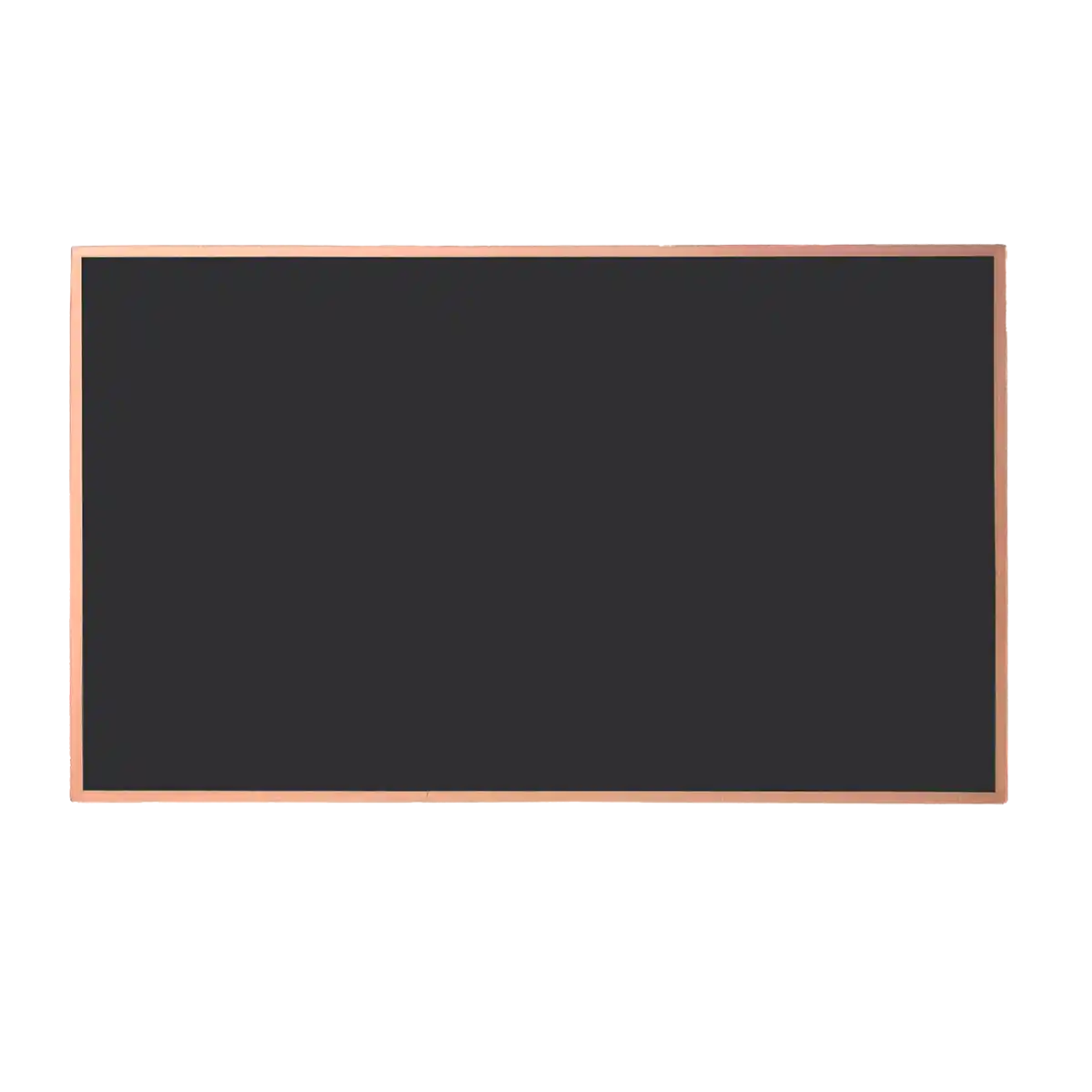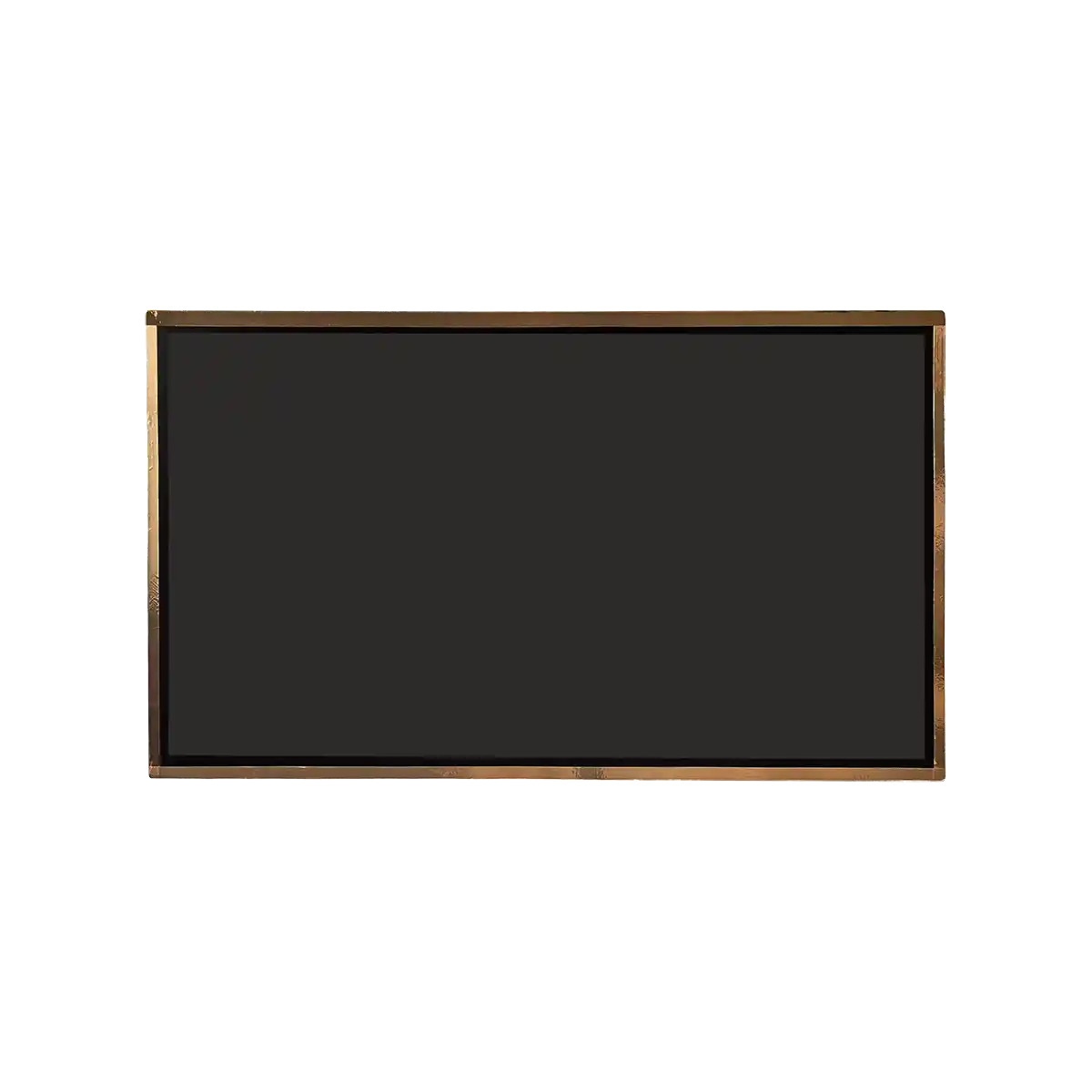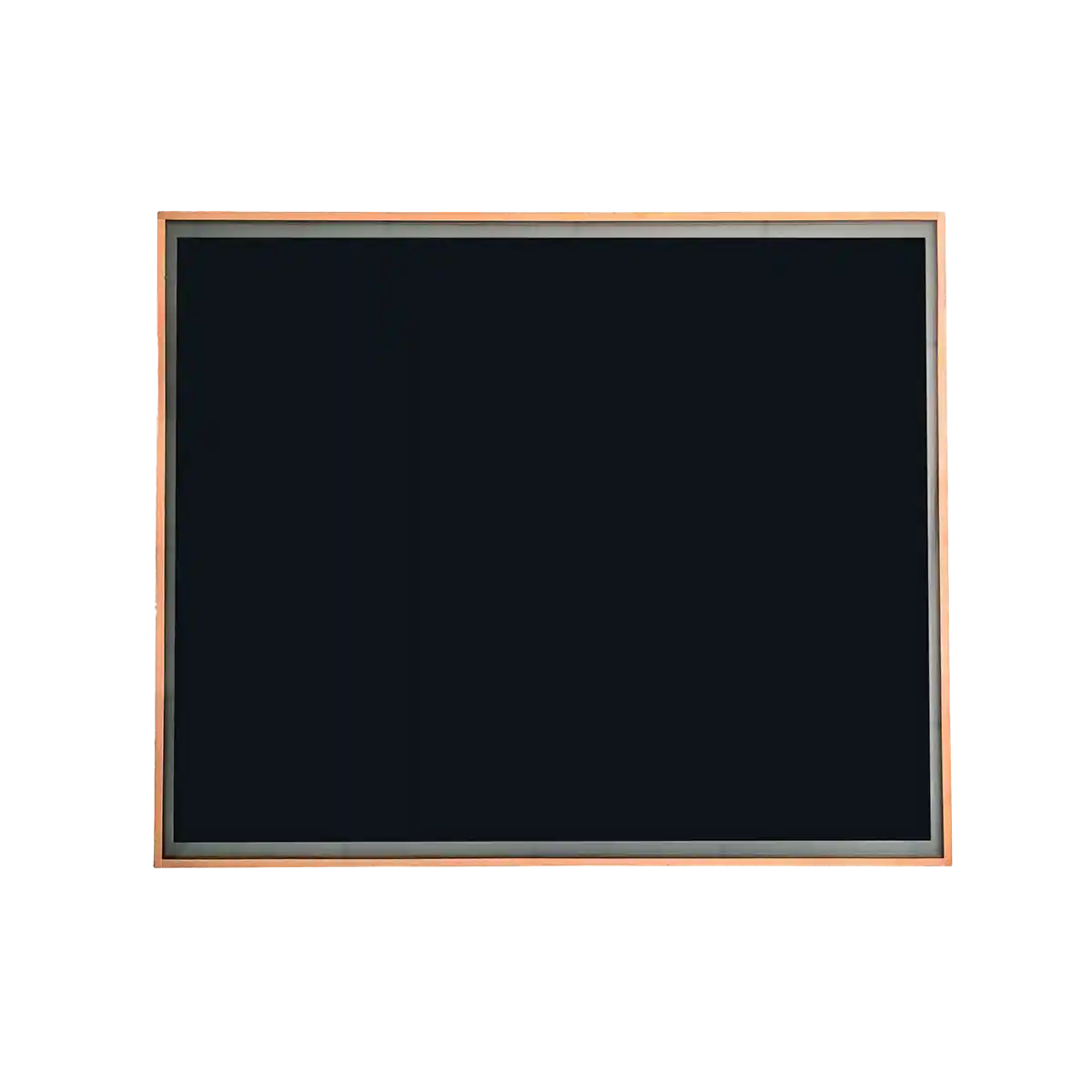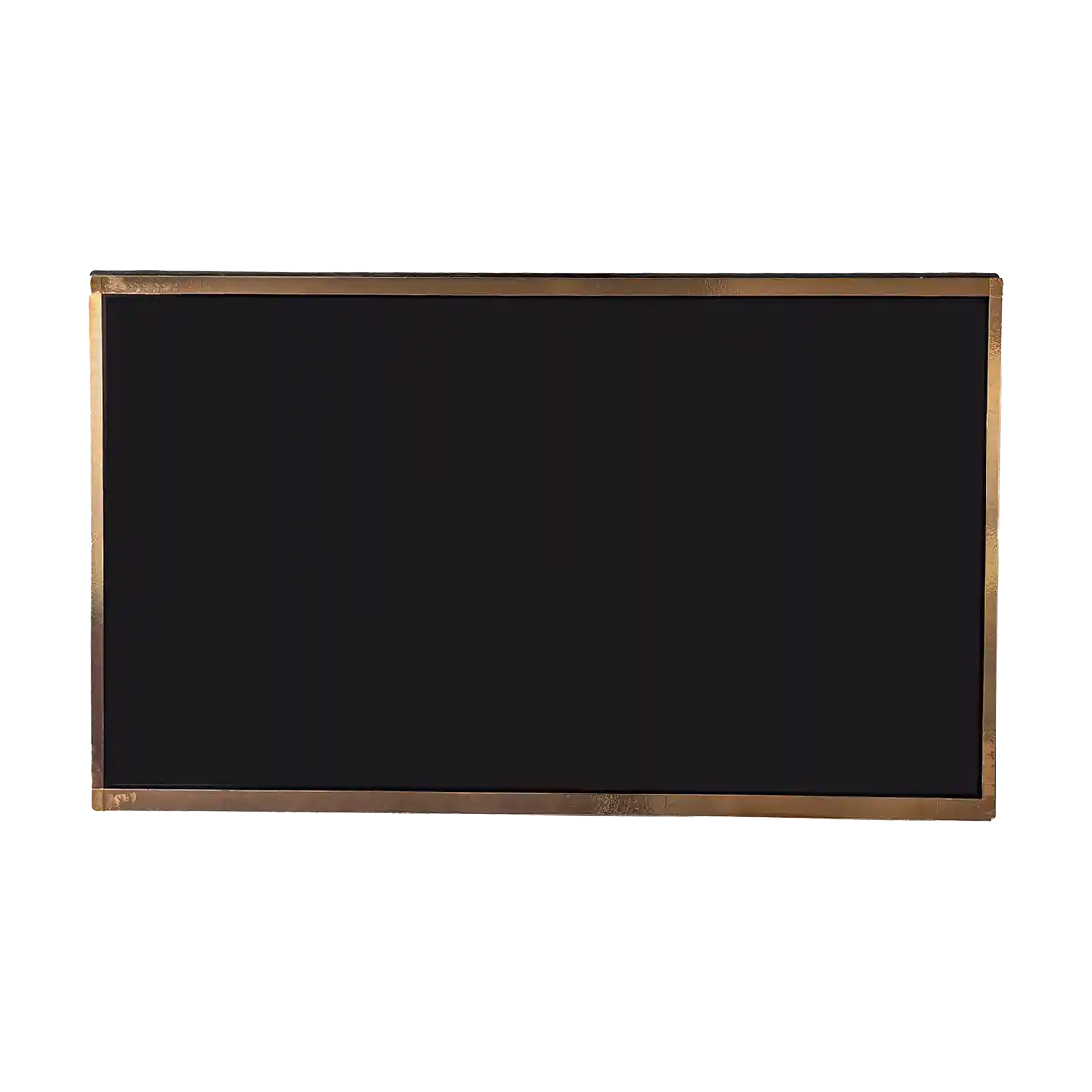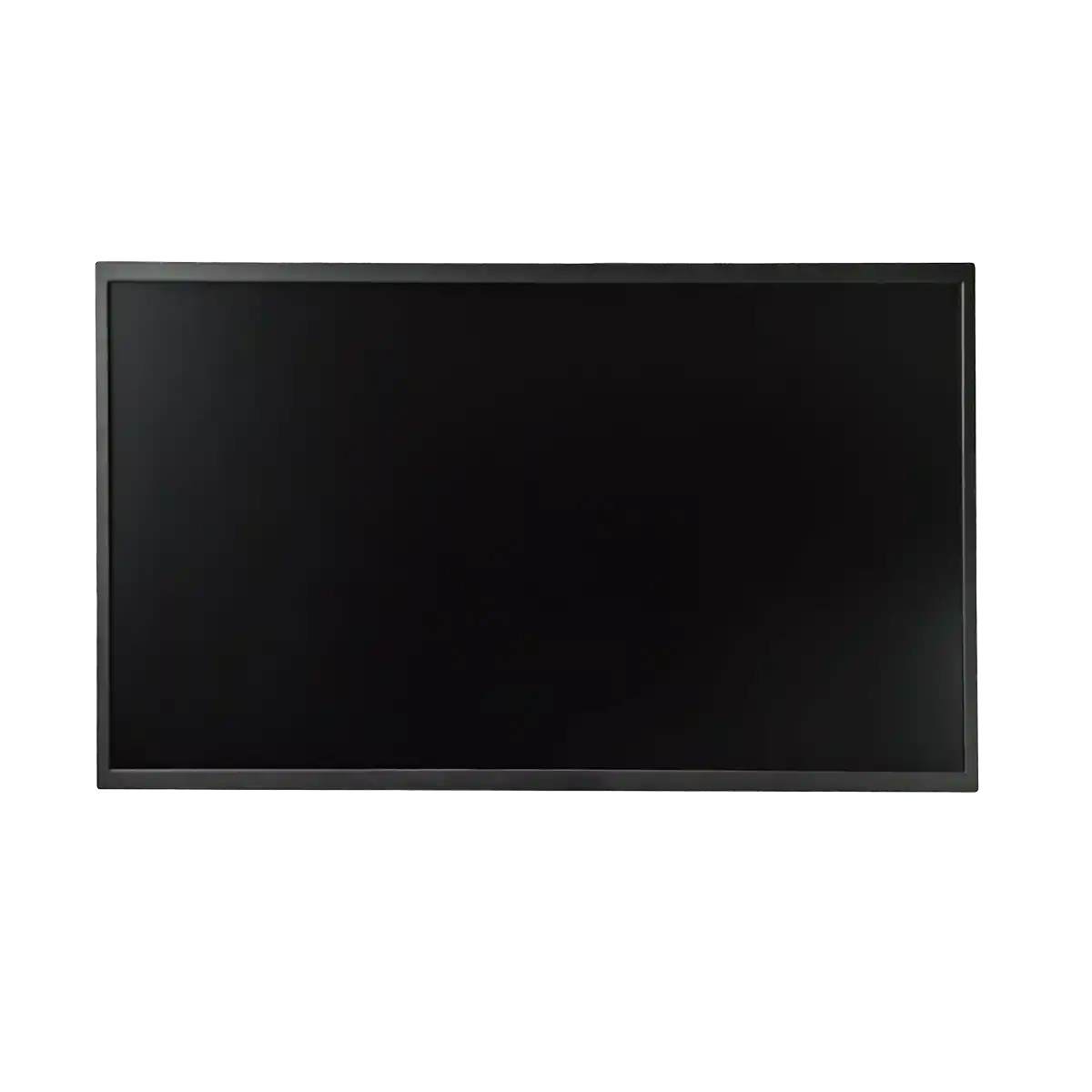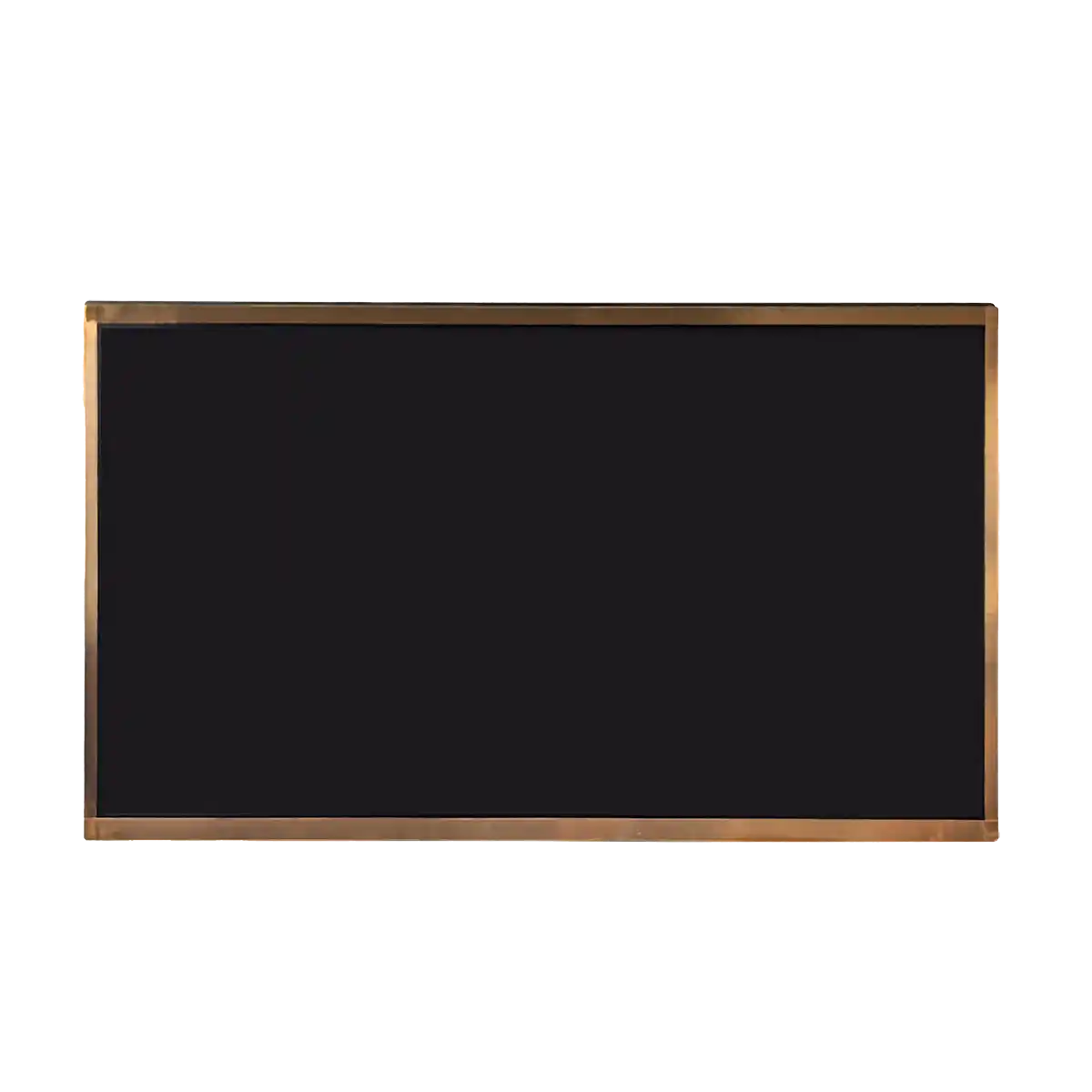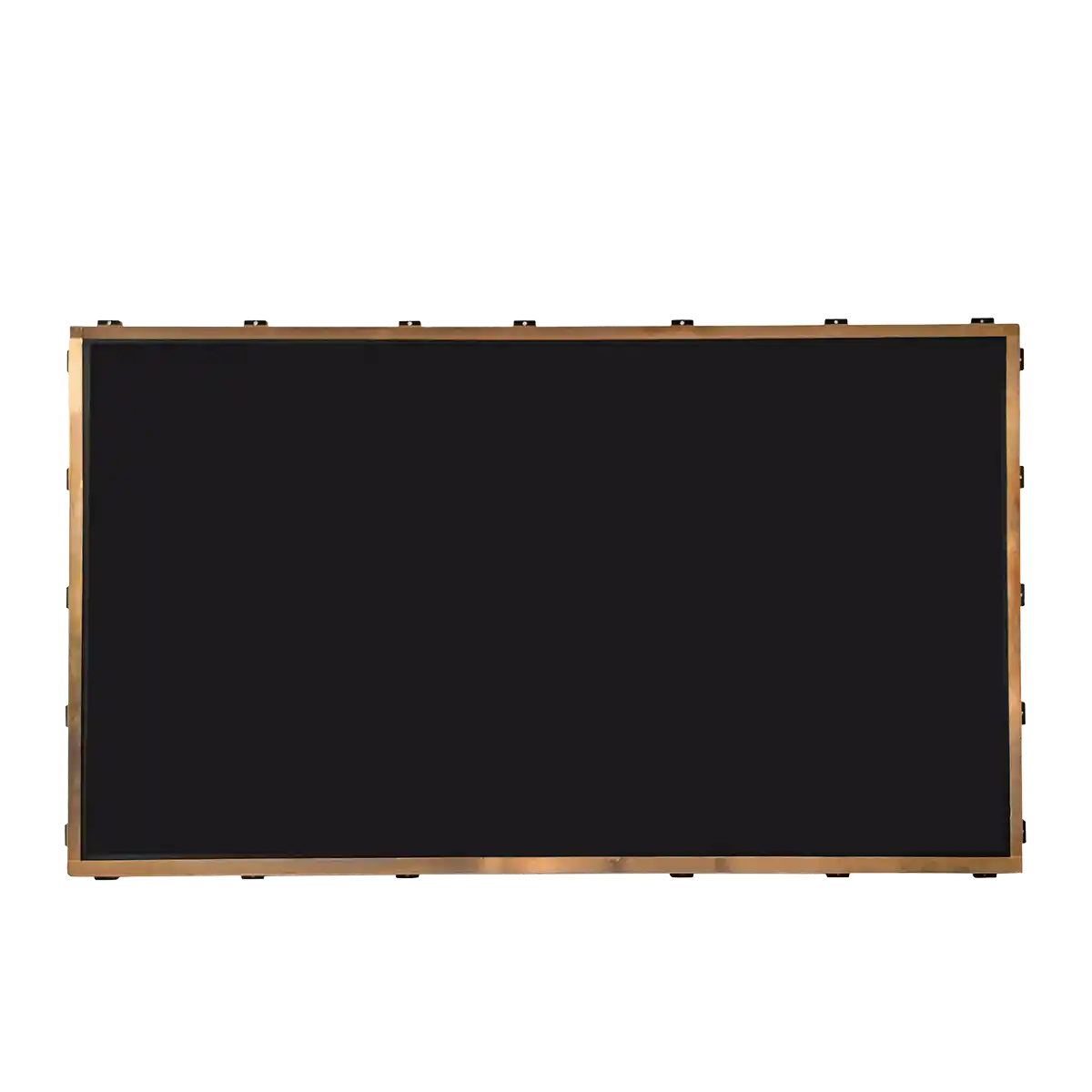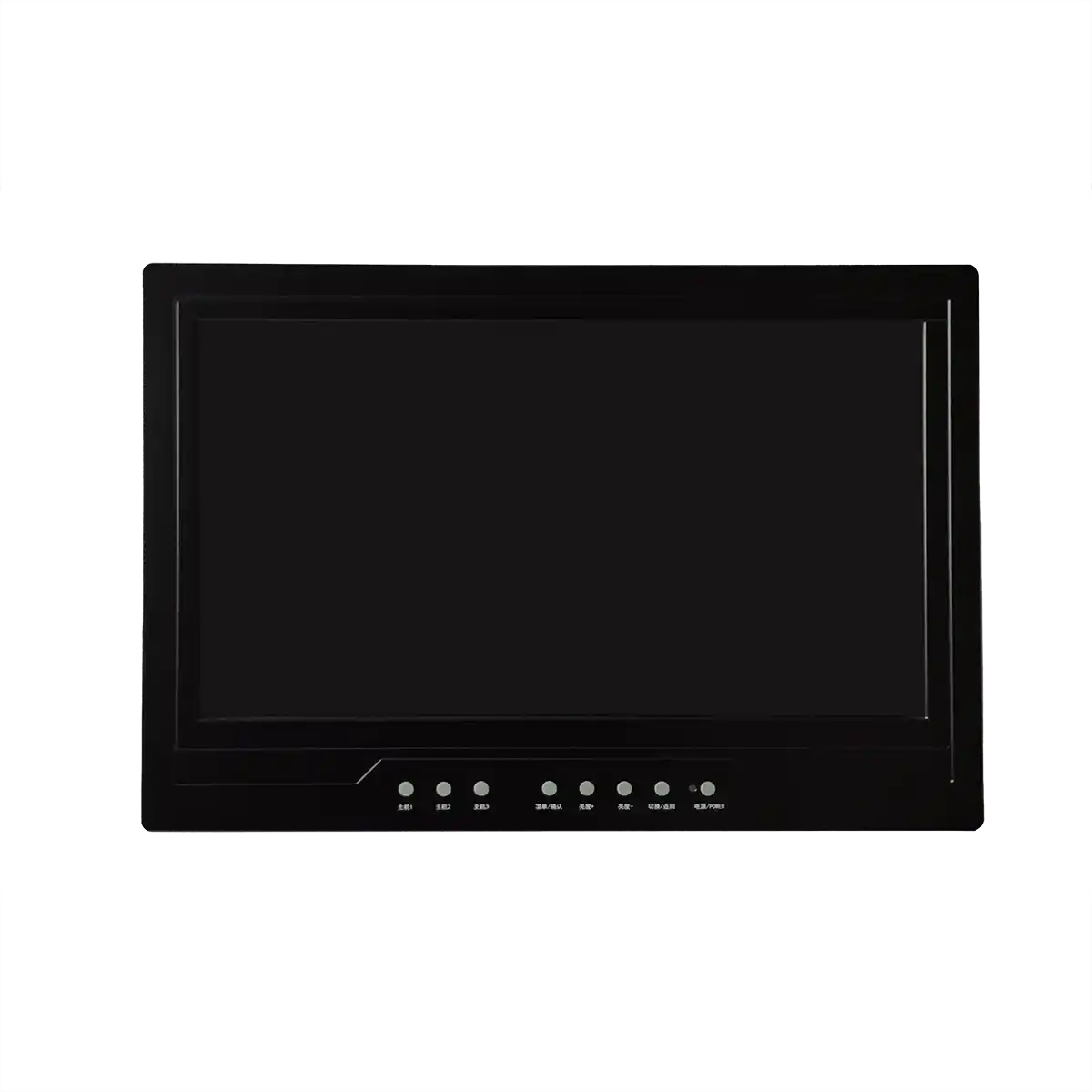Industrial LCD Screens and the Future of Wearable Technology
Introduction
The advent of the digital age has ushered in a plethora of technological advancements, with one of the most significant being the evolution of display technology. Industrial LCD screens, or Liquid Crystal Displays, have become a cornerstone in various industries due to their durability, versatility, and reliability. This article delves into the intricacies of industrial LCD screens, exploring their current applications and speculating on their potential role in shaping the future of wearable technology.
Body
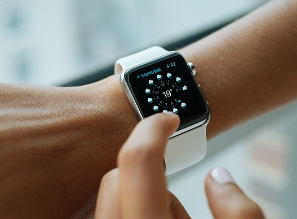
Industrial LCD screens are a type of flat panel display that utilizes liquid crystals, a phase of matter that has properties between those of conventional liquids and those of solid crystals. These screens are composed of several layers, including the glass substrates, polarizing filters, electrodes, and the liquid crystal material itself. The primary function of an LCD is to modulate light, which is achieved by applying an electric field to the liquid crystals, thereby altering their orientation and affecting the light that passes through them.
One of the key advantages of industrial LCD screens is their ability to withstand harsh environments. They are designed to operate in extreme temperatures, resist vibrations, and endure impacts, making them ideal for use in industrial settings such as manufacturing plants, military equipment, and outdoor digital signage. The robustness of these screens is attributed to their construction, which often includes protective layers and specialized coatings.
In the realm of wearable technology, industrial LCD screens are paving the way for innovative applications. Wearable devices, such as smartwatches and augmented reality (AR) glasses, are increasingly incorporating these screens to provide users with a seamless visual experience. The compact size, low power consumption, and high-resolution capabilities of industrial LCDs make them well-suited for integration into wearable devices, enhancing their functionality and user interface.
Moreover, the development of flexible and curved industrial LCD screens is opening up new possibilities for wearable technology. These screens can conform to the contours of the human body, allowing for more ergonomic designs and improved user comfort. The integration of touch-sensitive layers and advanced sensors further enhances the interactivity and responsiveness of wearable devices.
Conclusion
The integration of industrial LCD screens in wearable technology is not just a trend; it is a testament to the adaptability and resilience of this display technology. As we stand on the precipice of a new era in wearable technology, industrial LCD screens are poised to play a pivotal role in the development of devices that are not only functional but also aesthetically pleasing and user-friendly.
The future of wearable technology, with industrial LCD screens at its core, promises a paradigm shift in how we interact with our digital environment. From health monitoring to immersive AR experiences, the potential applications are vast and varied. As research and development continue, we can expect to see even more sophisticated and resilient industrial LCD screens that will redefine the wearable technology landscape.
Expansion
Looking ahead, the fusion of industrial LCD screens with emerging technologies such as artificial intelligence (AI) and the Internet of Things (IoT) will further enhance the capabilities of wearable devices. AI-driven algorithms can analyze the data displayed on these screens, providing users with personalized insights and recommendations. IoT integration allows wearable devices to communicate with other smart devices, creating a seamless and interconnected digital ecosystem.
Furthermore, advancements in materials science are leading to the development of new types of LCD screens with improved contrast ratios, faster refresh rates, and lower power consumption. These innovations will not only benefit the industrial sector but will also trickle down to consumer electronics, making wearable technology more accessible and efficient.
In conclusion, the synergy between industrial LCD screens and wearable technology is set to revolutionize the way we live and work. As these technologies continue to evolve, we can anticipate a future where wearable devices are an integral part of our daily lives, offering unparalleled convenience, connectivity, and functionality.
Recommended Articles
-
Are the displays in Tesla's Cyb
2024-12-10 -
Interpretation Report on AUO's
2024-12-05 -
ADS Pro: The Future of Display
2024-12-04 -
The Trajectory of South Korea's
2024-12-04 -
Practical Applications of Indus
2024-09-26 -
Hangzhou LEEHON Technology supp
2024-09-14 -
How to Check for Issues in Indu
2024-09-11 -
How does an LCD screen find ind
2024-09-11 -
What is the difference between
2024-09-11 -
In-depth analysis of the develo
2024-09-10

